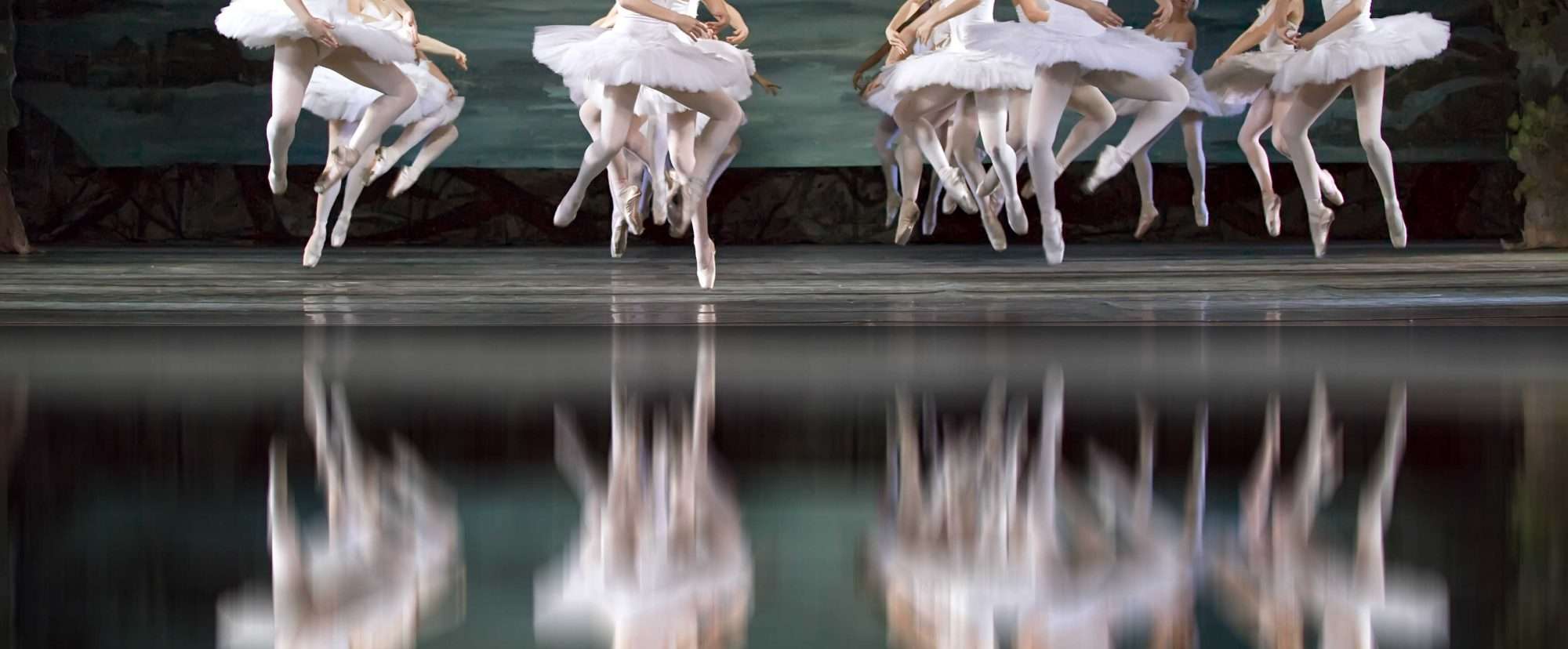The best thing about dancing ballet is that you can always do things better.  Your technique, extensions, flexibility, strength, balance, and artistry can always be improved. Daily ballet class is a wonderful place to work on stepping your skills up a notch or two. It’s also nice to get inspiration from others in class who maybe already have triple pirouettes down pat, or can actually complete an entrechat six. There are several things you can do to focus on bettering your own technique, one day and one combination at a time.
Your technique, extensions, flexibility, strength, balance, and artistry can always be improved. Daily ballet class is a wonderful place to work on stepping your skills up a notch or two. It’s also nice to get inspiration from others in class who maybe already have triple pirouettes down pat, or can actually complete an entrechat six. There are several things you can do to focus on bettering your own technique, one day and one combination at a time.
1. Set small goals.
If you have a hard time keeping your insteps lifted, focus on just that for several classes. It may mean lowering your leg a little in grand battement or rond de jambe en l’air, but it’s okay to sacrifice height for alignment and proper use of the feet. If you aren’t using your feet properly, nothing else is going to get better either.
2. Listen to corrections that are given to anyone in class.
Just because the teacher may not have singled you out doesn’t mean that what they’re telling someone else doesn’t apply to you as well.
3. Write down corrections after class in a notebook, and refer to them often.
The more you are able to concentrate on applying corrections to your dancing the faster you will improve.
4. Mark.
When the teacher is showing a combination for the first time, it helps you remember it better if you mark it with them. The same holds true when you are in the center and watching another group perform. Mark the steps in time with the music to cement the combination more clearly in your head. Don’t, however, focus so much on this that you are unable to observe the other dancers. Watching others is a great way to learn and improve.
5. Pay attention to detail.
The most technically gifted dancers are the ones who pick up on everything. There’s a lot to learn while a teacher is showing a combination. You have to learn the counts, any special rhythms, what the feet are doing and where they close, and what the arms are doing, too! Dancing is a lot of mental work. It might help you to first watch a combination as it’s being shown to get an overall understanding of it, then focus on the pattern the feet are making and the counts, and finally focus on the port de bras of the arms.
6. Be efficient.
Know when to use a lot of power and when to hold back and rest up a bit. Not every movement needs the same kind of attack. This will add nuance to your dancing as well as keep you in top shape.
7. Push yourself a little harder.
As long as the teacher doesn’t specify that this should be a single pirouette and if others in the class are pulling out doubles successfully, go ahead and push yourself to do more than you think you’re able to do. The worst that can happen is you fall on your face. Big deal! If you never try to push beyond your comfort zone, you’ll never move ahead.
8. Stay positive.
It’s important to know that you aren’t competing with anyone but yourself in the effort to improve your own dancing. So think of observing others as a way of inspiring yourself to do better rather than a way of feeling defeated because you aren’t there yet. Small steps, day by day, class by class, combination by combination, will lead to better technique.


